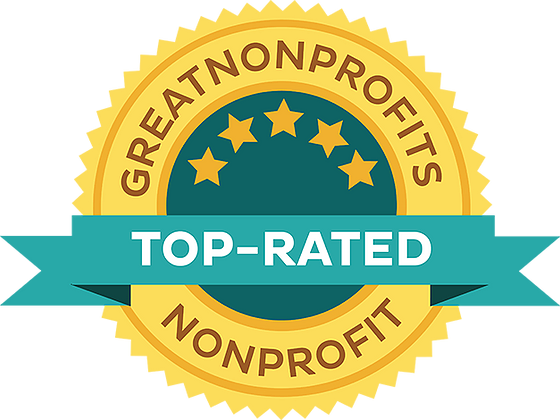Profile of an Esther B. Clark School Student
What type of student will derive real educational benefit from 3 years at Esther B. Clark School?
Here is a typical profile of an EBC student who can genuinely benefit from the EBC program. Better than 8 out of 10 cases will end up being successfully placed in a less-restrictive environment after 3 years with us.
Primary Eligibility
Must be one of the following:
- Emotional Disturbance (ED)
- Other Health Impaired (OHI)
- Specific Learning Disability (SLD)
- Autism (Aut)
Cognitive
- Verbal Comprehension (VC) and Visual-Spatial (VS) domains at least in the Average range
- Fluid Reasoning (FR), Working Memory (WM) and/or Processing Speed (PS) may be disproportionately lower (ie >1 standard deviation) lower than VC and VS domains
Language
- Receptive Language (Listening Comprehension/Receptive Vocabulary) at least in the Average range
- Pragmatics underdeveloped and an identified problem area
Academic Achievement
- Reading Decoding, Vocabulary and Comprehension at least in the Low Average range
- Math Calculations, Reasoning and Applied Problems at least in the Low Average range
- Written Expression domains likely to be in the Low Average even Borderline range and a source of frustration and trigger for mal-adaptive behaviors
- Visual Motor Integration likely to be Low
Behavior/Emotional Rating Scales
- Anxiety, Depression/mood, Fears, Withdrawal, Somatization may all be in the Elevated or Clinically Significant range
- Academic/School Problems likely at least the At Risk range
- Hyperactivity, Impulsivity likely in the Clinically Significant range
- Social skills and adaptive skills in likely in the Clinically Significant range
- Defiance, Violence potential, Aggression and Conduct problems evaluated on a case by case basis
Notes: EBC has had much success in assisting students who struggle to attend school. We help students who have missed extensive time (i.e. weeks, even months) and have refused to attend despite district interventions (e.g., SARB, interactions with truancy officers, reduced days) to successfully re-integrate and re-engage in school-based academics and social activities.
We also served as a transition from residential treatment programs and as a school placement for students who are coming out of acute and/or repeated psychiatric hospitalizations for extreme anxiety and/or depression.
Typical Issues Present upon Referral
Lower Division – Grades K – 6
- Hyperactivity, impulsivity
- Problems with delay of gratification rewards
- Overreliance on frequent/immediate tangible incentives to cooperate
- Low frustration tolerance ending up in fight, flight or freeze behavior
- Work refusal followed by eloping
- Poor friendship skills; inflexible when peer conflict resolution is attempted
- Argumentative then escalates to disruptive
- Chronically gets timed out of class and ends up repeatedly getting sent home
- Rigid and blaming of others in the moment, then distressed/sad about self afterwards
- Slow developing reading and writing skills even though oral language skills age-appropriate
Upper Division – Grades 7 – 10
- Recent escalation of school and/or work refusal
- Socially isolated/ostracized; may have significant social anxiety
- Fearful, anxious, depressed including reported episodes of suicidal ideation
- Threatened to or has engaged in self-harming behaviors; emergent psychosomatic ailments
- Poor perspective taking; tends to catastrophize
- Poor self-awareness but acutely aware of own discrepancy relative to peers
- Has fallen up to 2 years behind in academics because of lost instructional time
- Persistent hardship with and distaste for writing assignments, homework chronically not done
- Perceives self as victimized by others; little sense of having an internal locus of control
- Outpatient therapy, Resource Specialist support, other weekly interventions inadequate to stem social-emotional and behavioral decline
Admissions
To become an official candidate for admissions, the student’s home school district must first forward a referral packet to the school. This packet needs to contain the immediate past and the current IEP, most recent and complete psychoeducational testing report, current Behavior Support Plan or Behavior Intervention Plan, and any disciplinary reports occurring at school in within the community. Esther B. Clark Schools cannot process any intake request that comes directly from a parent or private practitioner unless it is to be a privately funded placement.
The referral packet to EBC includes:
- Most recent triennial or psychoeducational testing report with all scores included
- Current and immediate past IEP, including any addendums
- Current FBA and Behavior Support Plan (if one)
- Disciplinary or incident reports from past six months (if any)
- Mental health evaluation such as an ERMHS assessment (if one)
- Reports from outside agencies such as wrap services, outside tutor, therapist, assessors in past year (if any)
![]()


